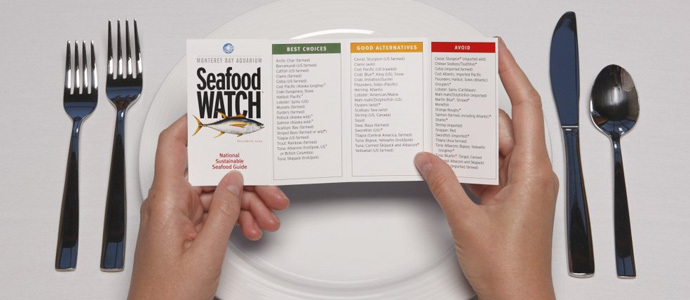It’s natural to think that there are always more fish in the sea, but our modern fishing methods – which are more like floating industrial packing factories – are scooping up millions of tons of fish. Did you know that trawlers may use heavy nets that reach the ocean bottom to scrape up everything in their path? Such trawlers have left muddy trails so wide and so long that they can be seen from the International Space Station.
As I mentioned in my book, “Fish aren’t the only ones to suffer. Jobs disappear when fisheries go out of business from overfishing; 40,000 jobs were lost when Canada’s Atlantic cod fishery collapsed in the 1990s, and it has yet to recover. Over 72,000 jobs were lost in the Pacific Northwest due to declining stocks. In 2008 and 2009, the fishing season was closed on the West Coast.”
But the problem now faces New England states. According to John Bullard, a member of the New England Fishery Management Council, “We are headed, slowly, seeming inexorably, to oblivion… It’s midnight and getting darker when it comes to how many cod there are,” he said. “There [aren’t] enough cod for people to make a decent living.” The article describes the anguish of fishers afraid of losing their livelihood, furious that the agency wants to set lower catch limits.
What a dilemma! But should we allow today’s fishers to exterminate the entire stock of fish? I’m reminded of the redwood debate of a decade or so ago, when a wise soul opined: “We’re going to stop cutting down redwoods. The only question is, When shall we do it? Right now, or after they’re all gone?”
What you can do: Go to Monterey Bay Aquarium’s Seafood Watch to see what fish are acceptable to eat, which ones are dubious choices, and which should be strictly off your menu. Better yet: say goodbye to fish altogether.

